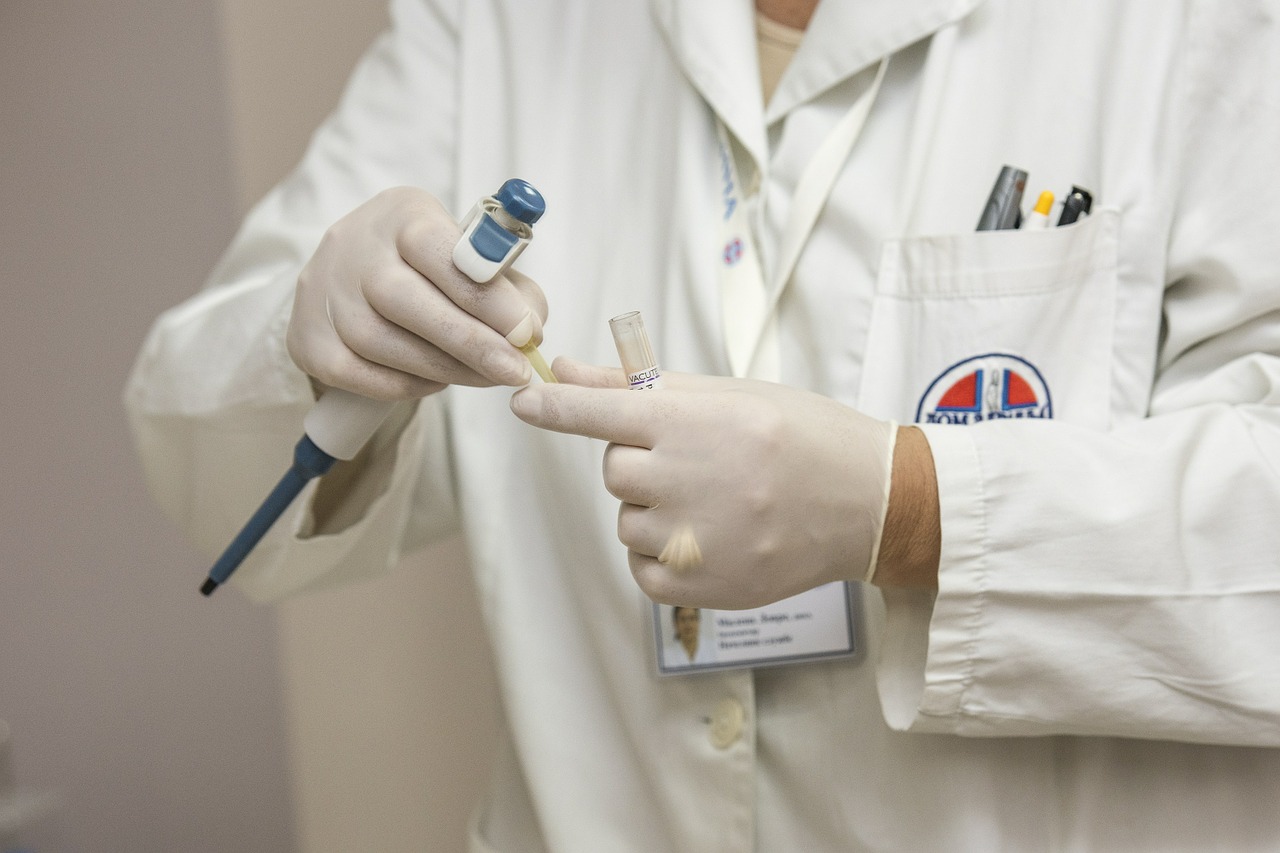Health officials have struggled to grasp the scope of a wave of severe respiratory illness caused by a virus that has spread across the country over the last two months. A new test developed by the Centers for Disease Control and Prevention should help health experts track the spread.
The CDC is now using a faster test to help the agency process up to five times more specimens per day, CBS News reported. The test diagnoses enterovirus 68, which has sickened hundreds of children with an asthma-like respiratory illness that, in severe cases, requires a breathing machine. The virus is believed to have caused at least six deaths since August.
As a result of the new test, the CDC expects the number of confirmed national cases to grow by at least 90 per day rather than 30. For the next week, the CDC will process a backlog of nearly 1,000 specimens from September, and the numbers will not yet reflect what is currently happening, said Mark Pallansch, director of the CDC’s division of viral diseases.
The CDC said that several viruses cause respiratory illness and there are millions of cases reported each year. Most cases of enterovirus D68 are mild, and infections will likely decline by fall, NBC News reported.
Enterovirus is not new, although scientists believe a new strain is the reason it is spreading so quickly and becoming dangerous. The virus was first discovered in 1962, with only 26 confirmed cases prior to 2005, according to the Washington Post.
[quote text_size=”small” author=”– Jennifer Smith” author_title=”Michigan Department of Community Health spokeswoman”]
While severe illness in children is always a concern, it’s important to remember that very few people who contract EV-D68 will develop anything beyond flu-like symptoms.
[/quote]
Nearly 700 people have been infected this year. The most recent death linked to enterovirus was that of a 21-month-old child in Michigan. The virus is spread through close contact with an infected person, usually through touching infected surfaces or coughs and sneezes. Children with asthma or a history of breathing problems are more susceptible to developing severe symptoms that may require hospitalization.
























